Mental health
Half of UK women say periods shape daily decisions
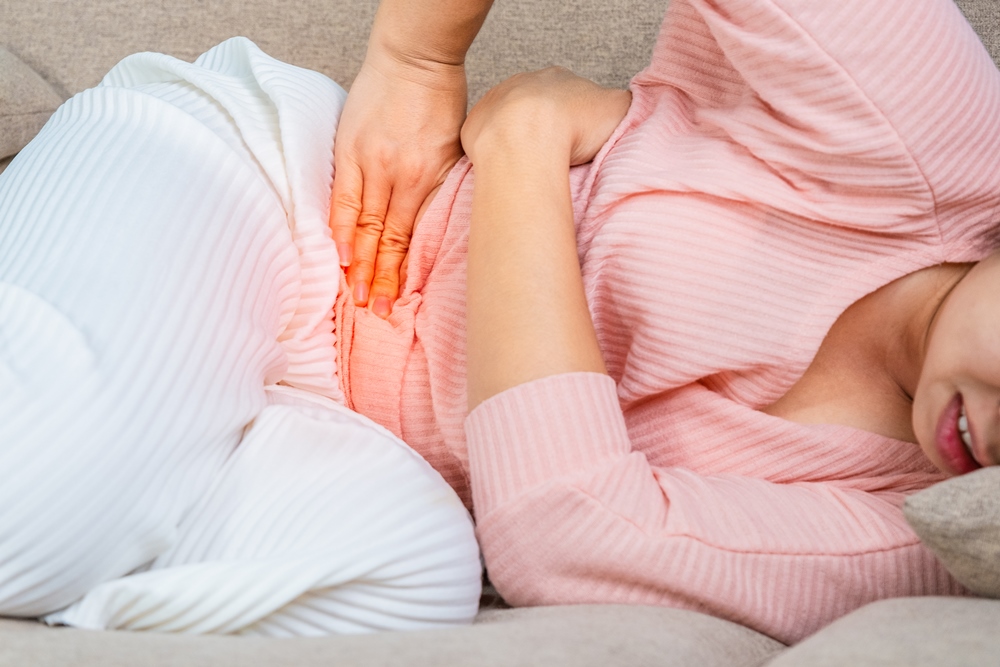
Millions of women in the UK say their menstrual cycle influences key decisions about how they live, from what they wear to when they exercise.
A survey of 5,000 women found that 51 per cent felt their periods affected daily choices, with 32 per cent planning sexual activity around their cycle and 21 per cent adjusting what and when they eat.
The research also showed that women often planned social events (23 per cent), sleep (20 per cent) and even work meetings (11 per cent) based on where they were in their cycle.
The findings come from a study by monthlies, a brand that produces natural supplements to support menstrual symptoms throughout the month.
A monthlies spokesperson said: “Every woman needs to learn about their own period journey and work out what works best for them in terms of how to manage their period pain, as well as when to get the best out of themselves personally, professionally and socially.”
Among those who experience period pain, 54 per cent said they could predict exactly which days it would occur each month.
The survey also found that 91 per cent of women reported ovulation pain – discomfort when the ovary releases an egg – typically around days 14 to 15 of their cycle.
Of those affected, 63 per cent said the pain lasted more than two days.
The average sufferer also reported experiencing bloating for just over seven days each month.
Just seven per cent of respondents said they felt balanced and “normal” throughout their entire cycle.
News
At-home abortions safe and effective up to 12 weeks, study finds

At-home abortions should be permitted for up to 12 weeks across the UK, researchers say, after finding they are as safe as procedures carried out in hospital.
The study reviewed outcomes of abortions between 10 and 12 weeks of pregnancy in NHS Lothian, Scotland, from 2020 to 2025.
Medical abortion involves taking two drugs – mifepristone and misoprostol – to end a pregnancy.
The World Health Organization recommends that early medical abortions can be managed safely at home during the first 12 weeks.
Legislation in England and Wales currently limits at-home care to 10 weeks, while Northern Ireland bans it altogether.
Scotland allows it up to 12 weeks.
Heidi Stewart, chief executive of the British Pregnancy Advisory Service, said: “This important study from Scotland adds to the already extensive body of evidence that at-home medical abortion between 10 and 12 weeks’ gestation is safe and effective.
“Thousands of women each year in the UK are being compelled to attend hospital appointments and undergo surgical procedures when, as this research makes clear, they could be treated at home.”
Researchers analysed 14,458 referrals to abortion services. Of these, 485 women (3.5 per cent) were assessed as 10 to 12 weeks pregnant, either by last menstrual period or ultrasound.
The study found that 97 per cent of abortions were successful, whether at home or in hospital.
Complications such as heavy bleeding or infection were rare.
One case of haemorrhage occurred a month later, but researchers said hospital admission at the time of abortion would not have prevented it.
They concluded that medical abortions at home between 10 and 12 weeks are “highly effective and safe.”
The authors said: “In line with WHO guidance, action is needed to extend [early medical abortion] at home up to 12 weeks to women across the rest of the UK and beyond.”
Stewart added: “When the abortion law was first passed in 1967, it was designed to protect and improve women’s health.
“Nearly 60 years later, this legislation is restricting our ability to innovate and develop services in line with clinical practice.
“It is time for parliament to modernise our out-of-date legal framework, and finally allow healthcare professionals to give all women in the UK the best possible care, including the choice of at-home medical abortion throughout the first trimester.”
Hormonal health
Femtech describes a category. Women’s health describes a life
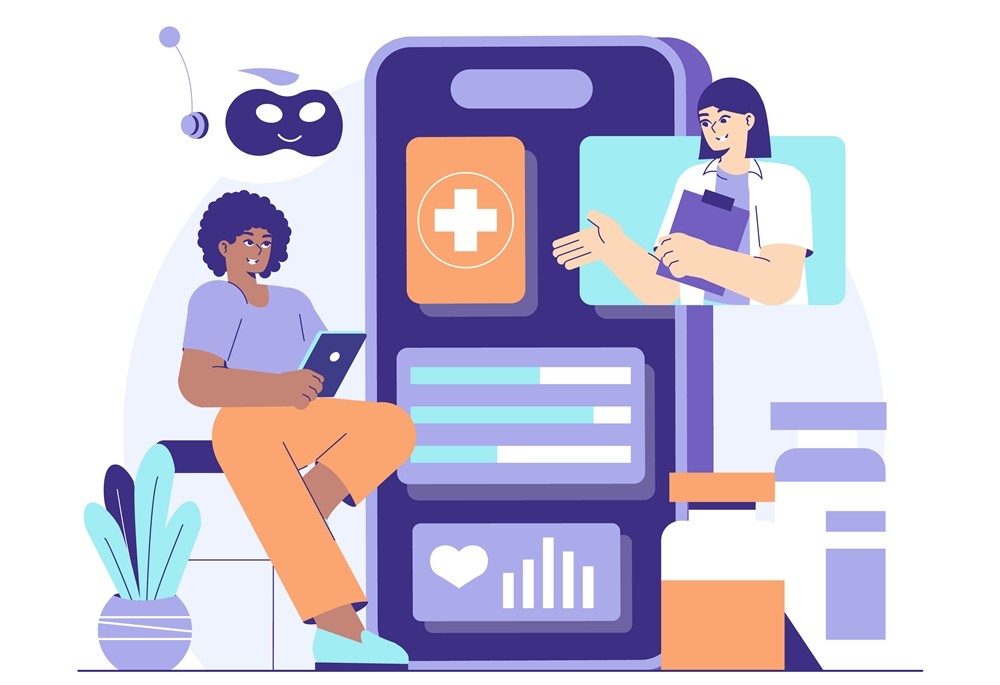
By Ema founder and CEO, Amanda Ducach
Ema’s claim to fame is that “she” was the first agentic AI for women’s health.
That means that as the CEO, I get to spend my days speaking with women’s health founders and funders about AI for women. And… I have noticed something that I wanted to share.
There’s a growing confusion in the market: “femtech” and “women’s health” are often used interchangeably. But while they’re deeply connected, they’re not the same.
All femtech is women’s health. But not all women’s health is femtech. Both matter. But the distinction matters, too.
Femtech: A Catalyst for Innovation, Not a Catch-All
Coined in 2016 by Clue founder Ida Tin, femtech provided a language for a long-overlooked corner of healthcare and has since become one of the fastest-growing verticals in digital health.
Femtech:
- Names a market that was previously invisible.
- Unlocks funding, innovation, and legitimacy.
- Centers historically neglected needs in health tech.
Today, femtech includes everything from fertility and contraception to menopause care, pelvic health, sexual wellness, mental health, and cancer screening.
It’s a category with momentum and one that is expanding.
But categories have limits. When we frame the full breadth of women’s health needs solely through the lens of femtech, we risk both narrowing the scope and limiting its impact.
That’s not a failure of the category. It’s a signal that we must build beyond it.
Women’s Health: Bigger Than a Market. More Complex Than a Milestone
Women’s health is a lifelong, whole-body experience.

Amanda Ducach
It spans:
- Cardiovascular, metabolic, neurological, and autoimmune conditions
- Mental health across life stages
- Hormonal transitions beyond reproduction (e.g., perimenopause, PCOS)
- The interplay of biology, identity, stress, and systemic bias
And yet, women remain underdiagnosed, undertreated, and underserved, partly because mainstream healthcare systems still don’t reflect their reality.
Women’s health encompasses more than just gynaecology. It’s a biopsychosocial model of care that sees women in full, not just in episodes.
Why the Distinction Matters
Femtech is growing, but funding remains concentrated in specific stages, including fertility, pregnancy, and postpartum. These are deeply important, but they’re just a fraction of the health journey.
Most of women’s health happens outside of reproduction.
Think: PMDD in adolescence, anxiety in early adulthood, migraines and autoimmune flare-ups, perimenopause in midlife, and heart disease risk post-menopause.
When investment flows into what’s easiest to monetise in the short term, we risk reinforcing a narrow story of what women need and when.
The result? Gaps in care, missed opportunities, and underserved lives. The risk isn’t that femtech is too small. It’s that we treat women’s health as if it is.
Femtech as a Bridge, Not a Box
The future isn’t about picking sides. It’s about connecting categories with complexity.
Femtech is an essential bridge: from invisibility to visibility, from stigma to innovation. But it’s not the endpoint. To meet women where they actually are, we must:
- Design for the whole hormonal arc, not just milestones.
- Expand data models to reflect lived experience across race, gender identity, and life stage.
- Invest in long-term conditions, not just urgent ones.
- Prioritise prevention, quality of life, and self-trust, not just outcomes that are easily measurable.
As the Health Innovation Network warns, without this evolution, even well-intentioned femtech could inadvertently widen the health equity gap.
The Bottom Line
Femtech is a powerful industry. Women’s health is a lifelong mission.
All femtech is women’s health. But not all women’s health is femtech.
Recognising that is how we build products and care systems that actually fit women’s lives.
Find out more about Ema at emaapp.co
News
Psilocybin may make postpartum depression worse, study finds

Psilocybin may heighten anxiety and depression in new mothers rather than help treat postpartum mental health conditions, research suggests.
Scientists found that giving mouse mothers the psychedelic drug – the active compound in magic mushrooms – increased anxiety and depressive-like behaviour linked to perinatal mood disorders, which are mental health conditions that can develop during or after pregnancy.
The results challenge assumptions about psilocybin’s therapeutic use, indicating it may not be suitable for all patient groups.
David E. Olson, director of the IPN and professor of chemistry, biochemistry and molecular medicine at UC Davis, said: “The IPN has done a lot of work demonstrating that a single dose of a psychedelic can lead to long-lasting, beneficial effects.
“But it’s a little more nuanced than that in terms of who can really benefit and who might be at risk.
“There are different patient populations.”
Researchers at the University of California, Davis Institute for Psychedelics and Neurotherapeutics tested the drug in a mouse model of postpartum depression.
In this model, mothers could escape into a separate cage, mimicking the infant avoidance seen in human postpartum depression.
The negative effects persisted for two weeks after a single dose.
More concerning, pups raised by psilocybin-treated mothers also showed anxiety and depression-like symptoms into adulthood, suggesting harmful effects were passed on through lactation and altered brain development.
Co-author Danielle Stolzenberg, associate professor of psychology at UC Davis, said: “One of the things that’s discussed consistently in the clinical literature is that mums often feel like they have trouble bonding with their infants when they’re experiencing depressive symptoms.
“The mouse mums in the social stress paradigm spend significantly more time in the cage without the pups.
“They will often run back and forth to check on them but tend to actively avoid their infants for long periods of time.”
The team had expected positive results given psilocybin’s reported benefits for other mental health conditions.
“Psilocybin was of such interest for us because it’s been demonstrated to be useful across a whole host of mental disorders, including addressing anxiety and depression,” said first author Cassandra Hatzipantelis, a postdoctoral fellow at the IPN.
“We thought it could have the ability to address things that go wrong in postpartum depression, like the parent-infant connection.”
Instead, the mouse mothers continued to avoid their offspring and showed persistent symptoms even after separation.
Psilocybin-treated mice were also at higher risk of behavioural impairments and depressive-like symptoms.
Nine weeks after weaning, both male and female offspring showed heightened anxiety and depression compared with control groups.
Their brains also contained traces of psilocin, the metabolite produced when the body processes psilocybin.
“We now know that even low doses of exposure can impact offspring for long periods of time,” Stolzenberg said.
“These could be really important therapeutics, but we also realise they have limitations, and we have to conduct rigorous science to understand what those limitations are,” Olson added.

 News4 days ago
News4 days agoScientists turn human skin cells into eggs in IVF breakthrough

 News5 days ago
News5 days agoFDA plans to revise black box warning on menopause hormone therapies

 Hormonal health5 days ago
Hormonal health5 days agoDaily pill could delay menopause ‘by years,’ study finds
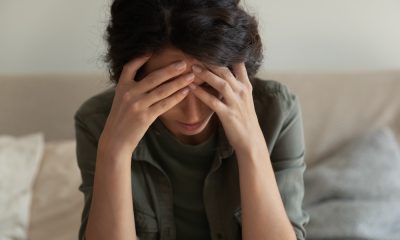
 News4 days ago
News4 days agoMothers’, not fathers’, mental health directly linked to their children’s, study shows

 Insight3 days ago
Insight3 days agoManagers still unprepared to discuss menstrual health, study finds

 Entrepreneur1 day ago
Entrepreneur1 day agoAI-powered women’s health companion Nexus launches in UK

 News3 days ago
News3 days agoAncient herb to modern must-have: Why ashwagandha is capturing UK women’s attention

 News3 days ago
News3 days agoDrug improves survival in triple-negative breast cancer




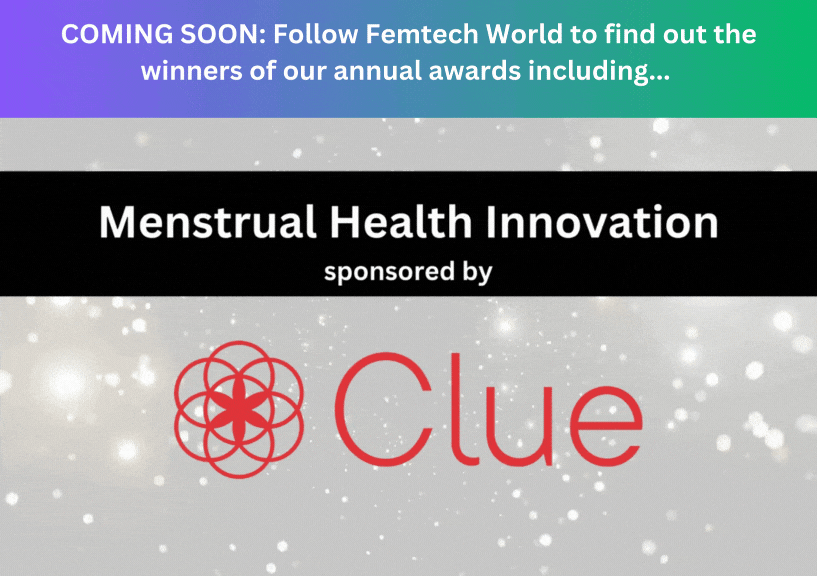
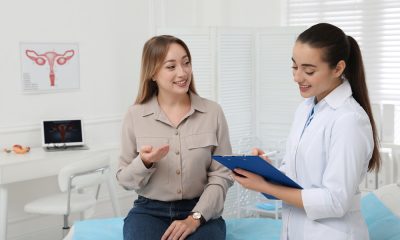

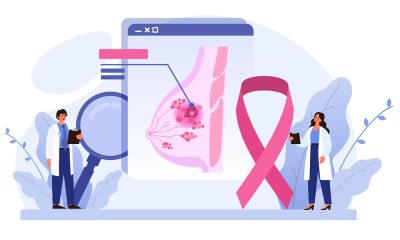















1 Comment